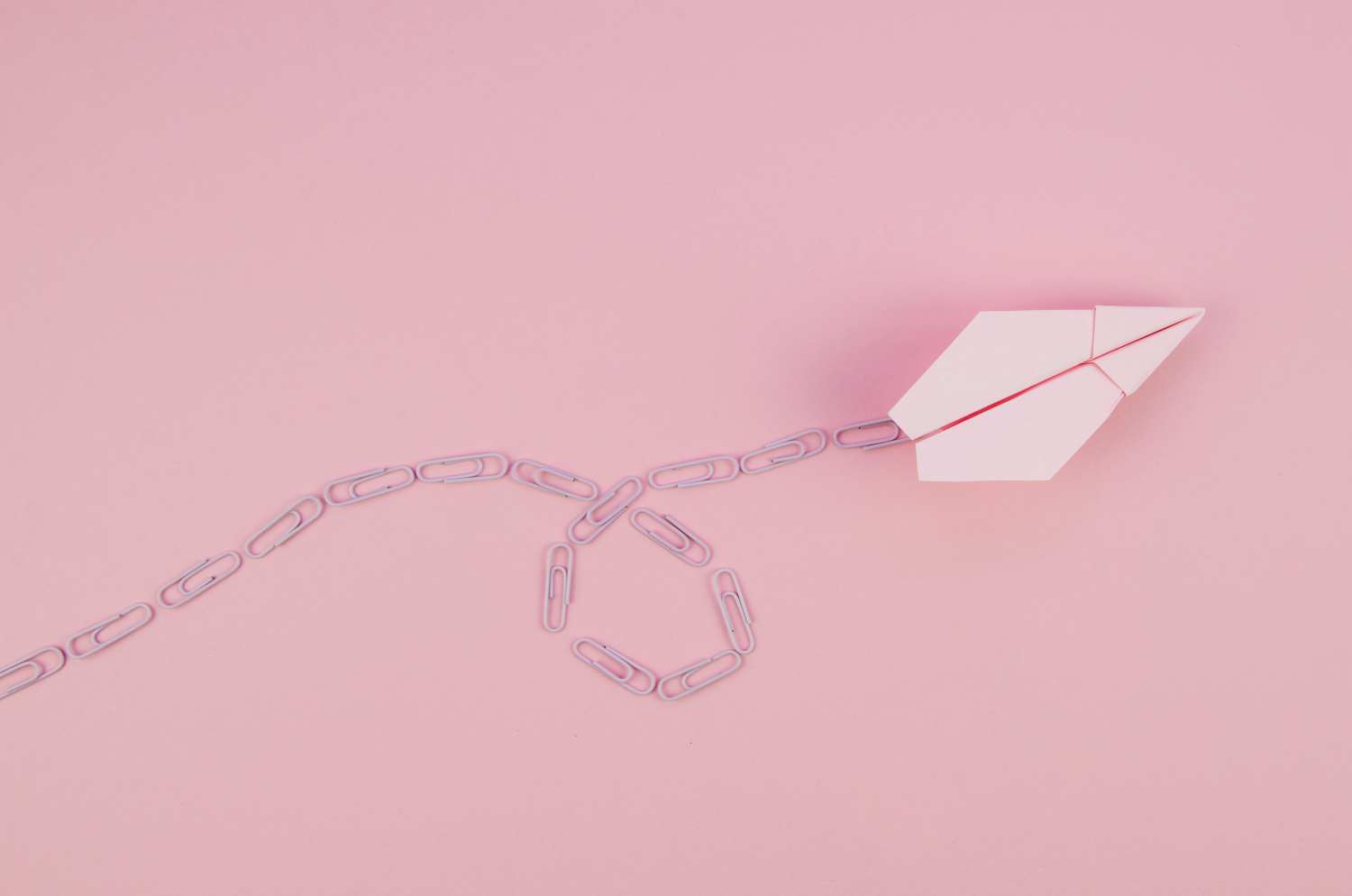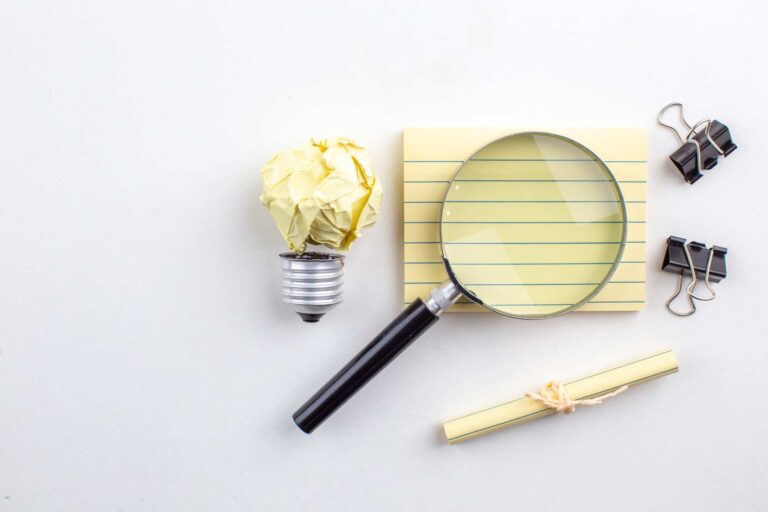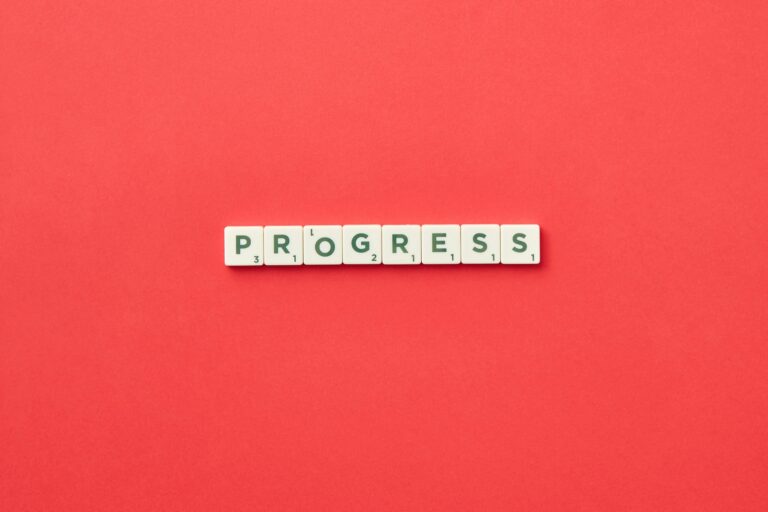How to close the gap between who you are and who you’re becoming
You’ve probably heard the advice: “Journal about your feelings.” “Write morning pages.” “Track your gratitude.”
And maybe you’ve tried it. Bought the pretty notebook. Set the intention. Wrote for three days and then… nothing. The notebook sits on your nightstand, half-empty, mocking you.
Journaling for self-awareness and processing emotions is valuable work. But if you want to use journaling specifically to close the gap between who you are and who you’re becoming, that requires a different approach. Most journaling focuses on the past or present. Transformation happens when you use your journal as a bridge to your future self.
That’s what future self journaling does. It’s not about documenting your day. It’s about designing your evolution.
Related reads
- Self development goals: Choosing who you’re becoming
- Journal prompts for self discovery: The questions that reveal who you really are
- How to use journaling for personal growth
- Identity after trauma: Who are you without your pain story?
- How to start your self development journey: The complete beginner’s guide
What is future self journaling
Future self journaling isn’t manifestation. It’s not writing “I am wealthy and abundant” fifty times and hoping the universe delivers. You’re not writing affirmations and hoping for magic.
It’s strategic self-development. It’s using writing as a tool to:
- Get crystal clear on who you’re becoming
- Identify the gaps between current you and future you
- Make decisions from your future self’s perspective
- Track the small shifts that prove you’re changing
- Catch yourself when you’re acting like old you
Think of it as having a conversation with the version of yourself you’re building. You’re not waiting for them to appear. You’re actively constructing them, one journal entry at a time.
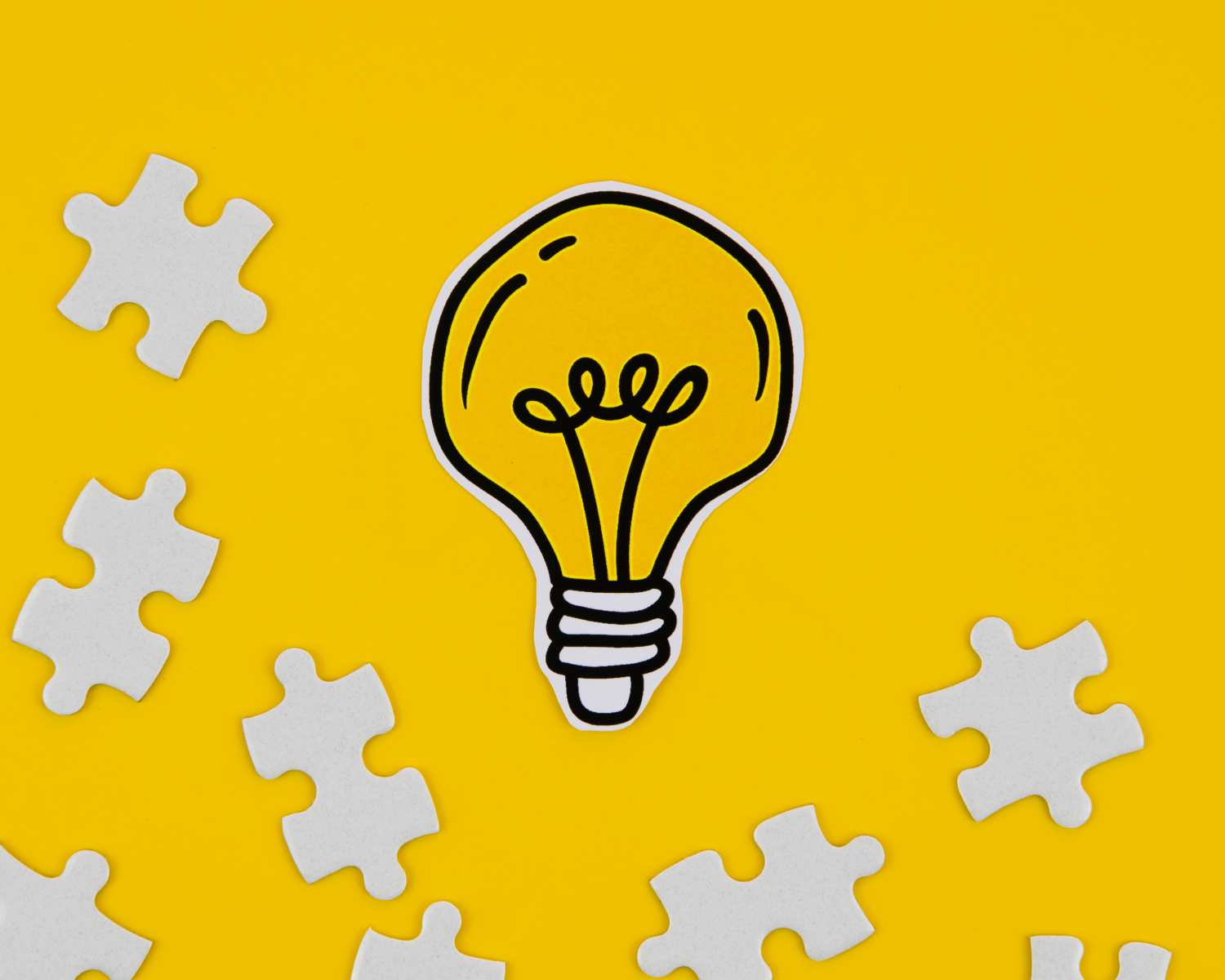
Why this works when other journaling doesn’t
Most journaling keeps you stuck in observer mode. You write about what happened, how you felt, what went wrong. It’s therapeutic, sure. But it doesn’t create forward momentum.
Future self journaling puts you in creator mode. Every prompt is designed to help you think, decide, and act like the person you’re becoming. It’s not about feeling better about yesterday. It’s about becoming different tomorrow.
The research backs this up. Studies on mental contrasting show that people who vividly imagine their future selves AND identify obstacles are significantly more likely to achieve their goals than people who only visualize success or only focus on problems.
Future self journaling does both. You’re not just dreaming. You’re building a roadmap. And then you’re checking your progress against it.
The core future self journaling templates you need
These aren’t fluffy prompts. These are the exact templates that help you map your growth from where you are to where you’re going. Use them in order the first time through, then return to whichever one you need in the moment.
Template 1: The identity definition
This is your starting point. You can’t become someone you haven’t defined.
The prompt: “My future self is someone who…”
How to use it:
Set a timer for 15 minutes. Write continuously. Don’t edit yourself. Don’t worry about sounding impressive. Just get specific about the person you’re becoming.
Not: “My future self is confident.”
Instead: “My future self is someone who walks into rooms without checking if everyone likes them. They contribute to conversations even when they’re not 100% sure. They trust their perspective enough to share it.”
Not: “My future self is healthy.”
Instead: “My future self is someone who moves their body because it feels good, not as punishment. They eat food that energizes them without guilt or restriction. They sleep like it’s a priority, not a luxury.”
The follow-up questions:
- What does this person value most?
- How do they treat themselves when they make mistakes?
- What do they no longer tolerate in their life?
- What energy do they bring into relationships?
- How do they make decisions?
Write until you can see this person clearly. Until you could introduce them to someone else and describe exactly who they are.
Template 2: The gap analysis
Now that you know who you’re becoming, you need to see where you actually are. Not to shame yourself. To get honest about your starting point.
The prompt: “The biggest difference between current me and future me is…”
How to use it:
Create two columns. Label them “current me” and “future me.” Get specific about the gaps.
- Future me sets boundaries → Current me says yes to everything and resents it later
- Future me trusts their decisions → Current me seeks validation from five different people before choosing
- Future me finishes projects → Current me starts things and abandons them when they get hard
- Future me speaks up → Current me stays quiet to avoid conflict
The critical question: “In what situations does the biggest gap show up?”
This is where you get tactical. Don’t just say “I don’t set boundaries.” Identify exactly when and with whom.
- “I don’t set boundaries with my mom when she calls during work hours.”
- “I don’t set boundaries with friends when they expect me to drop everything.”
- “I don’t set boundaries with myself when I say I’ll work on my project and then scroll instead.”
That specificity is your map. That’s what you’re working with.

Template 3: The decision filter
This is the template you’ll use most often. It’s how you make daily choices from your future self’s perspective instead of your current patterns.
The prompt: “My future self would choose… because…”
How to use it:
When you’re facing any decision write out both options and what your future self would choose.
Situation: Friend invites me to dinner but I’m exhausted and need alone time.
Current me would: Say yes because I don’t want to disappoint them, then feel drained and resentful.
Future me would: Say “I need a quiet night tonight, but I’d love to plan something for next week” because they respect their own energy and communicate honestly.
Why this matters: My future self knows that showing up depleted isn’t actually showing up for people. They prioritize their wellbeing so they can genuinely connect when they do see friends.
Use this for everything:
- Should I have this difficult conversation or avoid it?
- Should I order takeout or meal prep?
- Should I check my ex’s Instagram or close the app?
- Should I accept this opportunity or decline?
Your future self already knows the answer. This template helps you access their wisdom before you act like current you.
Template 4: The pattern interrupt log
Old patterns run on autopilot. This template helps you catch them in real-time and choose differently.
The prompt: “Today I noticed myself about to… but I chose… instead.”
How to use it:
At the end of each day, write down one moment where you caught an old pattern and interrupted it. Even if you only paused before going back to the pattern. Even if you interrupted it badly. Progress is progress.
Examples:
- “Today I noticed myself about to apologize for taking up space in the meeting, but I chose to let my point stand without undermining it.”
- “Today I noticed myself about to check his social media when I felt anxious, but I chose to text a friend instead.”
- “Today I noticed myself about to say yes to plans I didn’t want, but I chose to say ‘let me check my schedule and get back to you’ to buy myself time.”
The follow-up:
- What triggered the old pattern?
- What helped me choose differently?
- How did I feel after interrupting it?
This log becomes proof that you’re changing. On days when you feel stuck, you can flip back and see: I’ve interrupted this pattern seventeen times this month. I’m not the same person I was.
Template 5: The weekly progress check
Change happens slowly. This template helps you see the shifts that are too small to notice day-to-day but massive when you look back.
The prompt: “This week I closed the gap by…”
How to use it:
Every Sunday (or whatever day works for you), spend 10 minutes reflecting on the week. Focus on behaviors, not feelings.
Not: “This week I felt more confident.”
Instead: “This week I closed the gap by speaking up in two meetings where I normally would have stayed quiet.”
Not: “This week I felt better about boundaries.”
Instead: “This week I closed the gap by saying no to drinks when I was tired, and I didn’t apologize or over-explain.”
The three questions:
- Where did I act like my future self this week?
- Where did I slip back into old patterns?
- What’s one thing I want to practice more intentionally next week?
This isn’t about perfection. It’s about trajectory. Are you generally moving toward your future self, even if you stumble? That’s what matters.
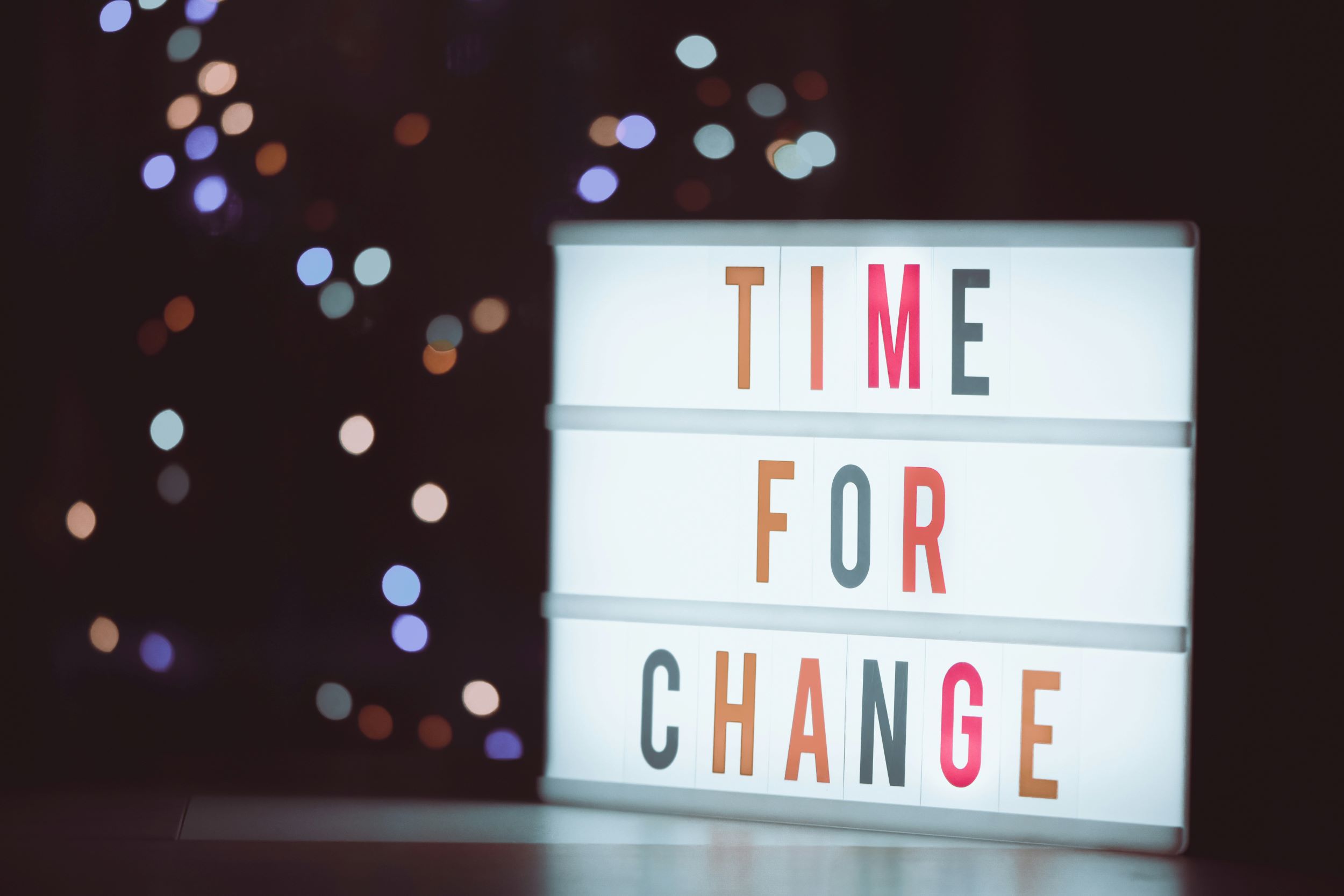
Template 6: The rebound recovery
You’re going to mess up. You’re going to have days or weeks where you completely revert to old patterns. This template is for when that happens.
The prompt: “I slipped back into old patterns by… This happened because… I’m restarting by…”
How to use it:
When you find yourself in a full rebound – eating like trash, ignoring your boundaries, back with the ex, whatever your pattern is – use this template to restart without shame.
Example: “I slipped back into old patterns by saying yes to three things I didn’t want to do this week and feeling completely drained.
This happened because I got scared that people would be mad at me if I said no. I also wasn’t checking in with myself before responding – just auto-piloting to ‘yes.’
I’m restarting by: Being honest with one person today about my capacity. And creating a new rule: I don’t respond to invitations immediately. I give myself 24 hours to check in with my actual energy and desires first.”
The key question:
- What did this teach me about what I still need to practice?
Rebounds aren’t failures. They’re data. They show you where your growth edge still is.
Template 7: Letter to my future self
This one is powerful. You’re going to write a letter to your future self—or more accurately, from your future self to your current self.
The prompt: “Dear current me, I’m writing from six months in the future…”
How to use it:
Writing a letter to your future self works differently than you’d expect. You’re not writing TO future you asking for guidance. You’re writing FROM future you, offering current you the perspective they need right now.
Imagine it’s six months from now. You’ve been practicing. You’ve been choosing differently. You’ve closed significant gaps. Write a letter from that version of you to the version reading this right now.
What does future you want current you to know? What are they grateful current you did? What do they wish current you had trusted sooner?
Example:
Dear current me,
I’m writing from six months in the future, and I need you to know: you were so much closer than you thought.
I know you’re scared right now. You’re worried that setting boundaries means you’ll lose people. You’re worried that choosing yourself is selfish. You’re worried you’ll start and fail again.
But here’s what I know now that you don’t: the people who mattered stayed. The ones who left were only there for the version of you that made them comfortable. And you don’t miss them like you thought you would.
I’m proud of you for starting this. For writing these journal entries even when you felt stupid. For choosing differently even when it was uncomfortable. Those small moments you think don’t matter? They’re everything. They’re why I’m here.
Keep going. Trust the process. You’re building me right now, and I promise you – it’s worth it.
Love, future you
Use this when:
- You’re doubting whether change is possible
- You need motivation to keep going
- You want to reconnect with your vision
Read it whenever you need a reminder of who you’re becoming and why.

Questions to ask your future self
Beyond the full letter, sometimes you just need quick check-ins with future you. Use these questions to ask your future self when you’re stuck on a decision or need perspective:
Before making a choice:
- What would future me choose here?
- Six months from now, what will I wish I had done today?
- Is this closing the gap or widening it?
When you’re struggling:
- What does future me know about this situation that I can’t see yet?
- What would future me want me to remember right now?
- How is this moment preparing me for who I’m becoming?
During setbacks:
- What would future me say about this setback?
- Does future me even remember this moment, or did it matter less than I think?
- What did future me learn from getting through this?
Keep these questions in your phone notes. Use them as quick reality checks throughout your day. You don’t need to write full journal entries—sometimes one question and a two-sentence answer is enough to shift your perspective.
How to actually use journaling templates
Having templates doesn’t help if you don’t use them. So let’s make this realistic.
Start with one
Don’t try to do all seven templates this week. Pick one that resonates most with where you are right now.
Feeling unclear about your direction? Start with template 1 (identity definition). Know who you want to be but keep acting like old you? Use template 3 (decision filter) daily. Struggling to see progress? Template 5 (weekly progress check) every Sunday.
Build a minimal routine
Not “journal for an hour every morning.” That’s not sustainable. Instead:
- Morning option: 5 minutes with template 3 (decision filter) for one decision you’re facing today
- Evening option: 5 minutes with template 4 (pattern interrupt log) to capture one moment you chose differently
- Weekly option: 10 minutes with template 5 (weekly progress check) every Sunday
Pick one. Just one. And do it consistently for two weeks before adding more.
Keep it simple
You don’t need a special journal. You don’t need the perfect pen. You don’t need to write beautifully. Notes app on your phone works. A Google doc works. A spiral notebook from the drugstore works.
Stop waiting for the perfect setup. Start with what you have.
Make it visible
Put the templates somewhere you’ll actually see them. Screenshot them. Print them. Save them in a note titled “When I need direction.”
You can’t use what you can’t remember exists.

When it feels like it’s not working
You’ve been journaling for two weeks. You’ve used the templates. You’ve been consistent. And you still don’t feel transformed.
Good. That means you’re doing it right.
Future self journaling isn’t about instant breakthrough moments. It’s about gradual recalibration. You’re rewiring patterns that have been running for years. That takes time.
But here’s what’s happening even when you can’t feel it: You’re building awareness. You’re catching patterns faster. You’re making more conscious choices. You’re creating evidence that you’re changing.
The journal entries from two weeks ago? Go read them. I bet you’ll notice shifts you didn’t see in real-time. That’s how this works.
For the person who says “I’m not a writer”
This isn’t about being a writer. It’s about thinking on paper.
Your entries don’t need to be perfect. They don’t need to make sense to anyone but you. You’re not trying to impress anyone. You’re trying to map your growth.
Write like you think. Write messy. Write in fragments. Write badly.
The point isn’t beautiful prose. The point is getting your internal process external so you can see it, understand it, and change it.
For the person who’s tried journaling and quit
I see you. You’ve started so many journals. You’ve written the first entry with enthusiasm and abandoned it by day four.
This is different. You’re not journaling to process your feelings. You’re journaling to build a person.
And here’s the thing about building: you don’t need to do it every day for it to work. You just need to do it consistently enough that you’re making progress.
Missed three days? Fine. Open the journal today. Answer one prompt. Five minutes. That’s still building.
The gap between perfect and abandoned is where most people live. Don’t live there. Live in “I’m doing this imperfectly but I’m still doing it.”
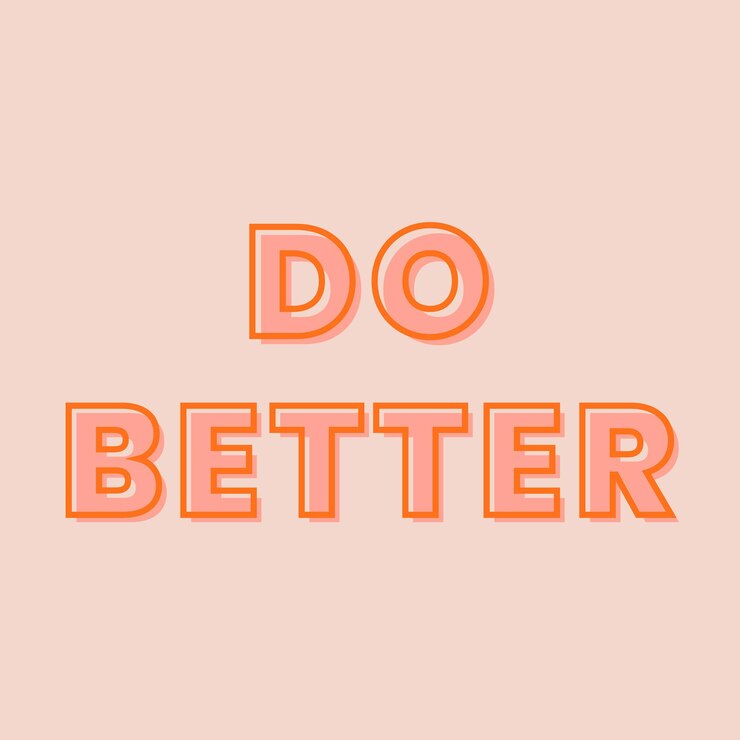
The real power of future self journaling
When you commit to this practice you stop making decisions based on who you’ve always been. You start making them based on who you’re becoming.
You catch yourself mid-pattern and actually choose differently instead of just feeling bad about it later.
You have proof – actual written evidence – that you’re changing. Even on days when you don’t feel like you are.
You build a relationship with your future self. They stop being this distant, impossible person. They become someone you’re actively constructing through daily choices.
And slowly, without even realizing it’s happening, the gap closes. Current you and future you start to merge. The person you’re becoming starts to feel less like a stretch and more like who you actually are.
That’s the point. Not to create some perfect version of yourself. But to close the distance between who you are and who you’re capable of being.
Start right now
You don’t need to wait until tomorrow morning. You don’t need to buy a new journal. You don’t need to have your whole life figured out.
Open your notes app. Set a timer for 10 minutes. Pick one template and answer it. Right now.
Open your notes app. Set a timer for 10 minutes. Pick one template and answer it. Right now.
Use template 1 (identity definition) if:
- You’re not sure who you’re becoming
- You keep setting goals that don’t stick
- You need a clear vision to work toward
Use template 2 (gap analysis) if:
- You know who you want to be but keep acting like old you
- You need brutal honesty about where you actually are
- You’re ready to see the specific gaps you need to close
Use template 3 (decision filter) if:
- You have a choice to make today
- You’re facing a decision and don’t know what future you would choose
- You want to stop making choices you regret later
Use template 4 (pattern interrupt log) if:
- You caught yourself choosing differently today (even once)
- You need to document a small win
- You want to start building evidence that you’re changing
Use template 5 (weekly progress check) if:
- You’ve been working on this for a while and can’t see progress
- You need to look back and see how far you’ve actually come
- It’s Sunday (or your weekly reflection day)
Use template 6 (rebound recovery) if:
- You’ve slipped back into old patterns and feel like you’ve failed
- You need to restart without shame
- You’re in a full relapse and need a way back
Use template 7 (letter to my future self) if:
- You’re doubting whether change is even possible
- You need motivation to keep going
- You’re in the middle of hard things and losing sight of why
Ten minutes. One template. That’s it. That’s how you start.
Because future self journaling isn’t about the perfect practice. It’s about consistent practice. It’s about showing up for yourself in small ways that compound into massive transformation.
Your future self is waiting. Not in some distant timeline. In the choices you make today. In the patterns you interrupt. In the journal entries you write when you don’t feel like it.
They’re counting on you to build them.
So what are you waiting for?
Ready for daily structure?
These templates give you the tools. But real transformation happens with consistent practice and guidance.
That’s why I created the Identity shift 30-day workbook – daily prompts and exercises that walk you through mapping your growth from who you are to who you’re becoming.

